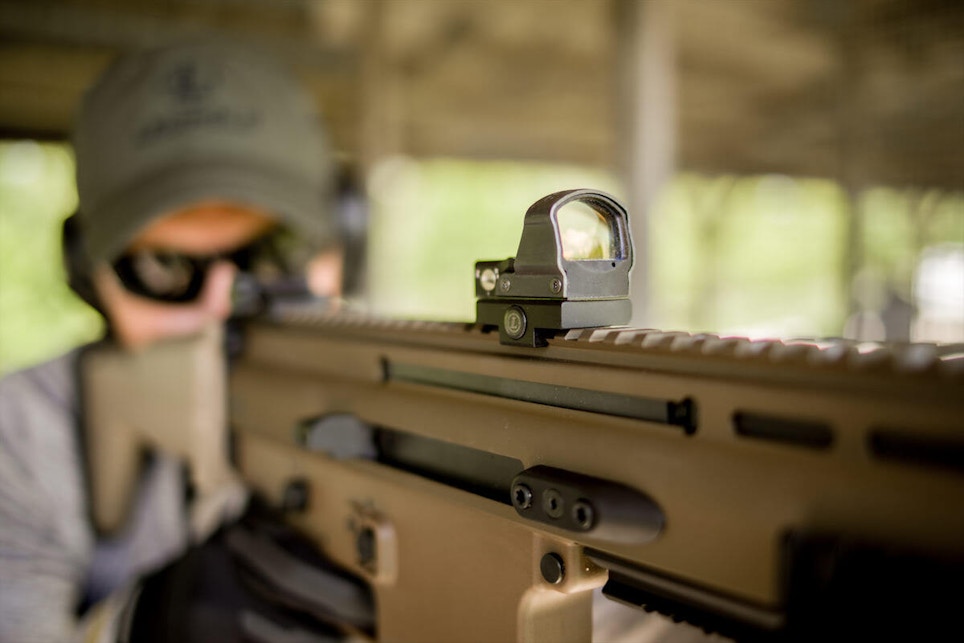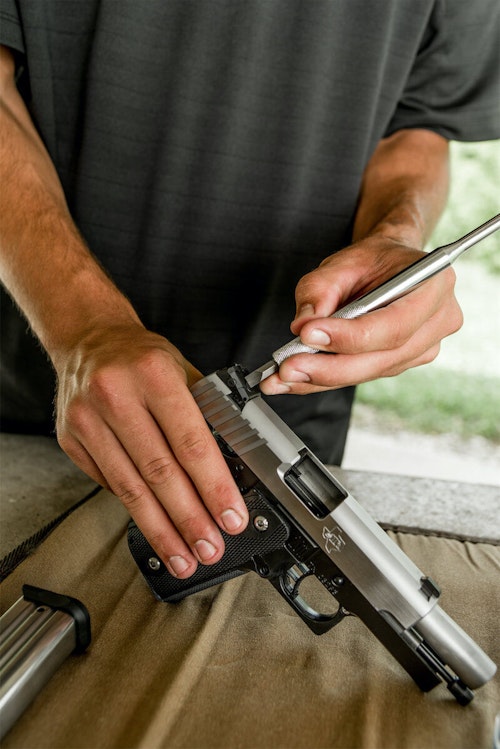NSSF is committed to helping shooting ranges stay OSHA- and EPA-compliant when handling the hazardous wastes that are naturally generated at their facilities. In doing so, we often join forces with professionals in the industry who work with lead and other firing range waste materials on a daily basis. One of those companies, and one we’ve worked with in the past, is MT2 Firing Range Services, a nationwide professional lead waste reclamation business.
I recently spoke with MT2’s Dale Krupinski, Certified Industrial Hygienist (CIH) and Certified Safety Professional (CSP), to discuss how ranges should classify the different types of waste their facilities naturally generate and how those different waste categories should be handled.
Zach Snow (ZS): Can you provide an overview of what a range owner or manager should keep in mind when classifying various range waste?
Dale Krupinski (DK): The first step I would recommend is to take a look at everything you dispose of, then determine what components could possibly be lead-contaminated. Once those possibilities are identified, you then test them to see if they fall into the hazardous waste category.
ZS: Can you think of any wastes that are commonly overlooked in this initial evaluation?
DK: Absolutely. Cleaning-related wastes are commonly overlooked. For instance, any used mopping solution, mop heads, rags, towels, and sponges used in cleaning a range should be examined and tested for lead contamination.
ZS: How can a range make sure its lead cleaning supplies are separated from other, non-lead cleaning supplies to eliminate the chance of cross-contamination or accidental or incorrect use by employees?
DK: I would recommend color-coding all cleaning supplies like mops, rags, buckets and vacuums used in lead areas to minimize the risk of contaminating areas where lead shouldn’t be present, like break rooms, bathrooms and offices. Obviously, staff should be trained on the coding system to include keeping lead-use cleaning tools separate from non-lead cleaning tools and dedicating each set only to the areas for which they should be used.
ZS: Many ranges use an ultrasonic parts washer in maintaining their rental firearms. How do you test the ultrasonic parts washer waste?
DK: Testing normally requires a range to pour some used solution into a laboratory bottle and send it to a lab for analysis. The range will need to coordinate with the lab to ensure it has the proper sampling supplies and paperwork before submitting samples. I usually suggest that a range take enough of a sample to run two separate tests, a toxicity characteristic leaching procedure (TCLP) and a total lead test. Typically, a lab will need about 100 grams of solid material and 250 milliliters of liquid for each test. However, range facilities should consult with their lab to confirm minimum sample requirements.
The TCLP test will determine if the waste is a hazardous waste. If this test comes back as non-hazardous, then the range should have the lab run the second total lead test. The total lead test results could be shared with the range’s local wastewater treatment facility to gain approval to “sewer” the used ultrasonic solution down the drain. Ranges should not pour potentially lead-contaminated liquids down the drain unless they have documented approval.
ZS: Let’s talk about another waste that can be considered hazardous waste: your range’s filters.
DK: Both vacuum and ventilation filters could potentially be hazardous waste. The amount of lead built up in these filters will depend on the areas of the range they service and their replacement frequency. The longer you wait to change these filters, the more likely it’ll be that the filters will qualify as hazardous waste.
ZS: What if my filters come back as non-hazardous waste? Can a range throw them in the dumpster?
DK: If your lab data from filter testing comes back as non-hazardous waste, I suggest that you contact your local waste handler to confirm that these filters could be placed in the range’s out-going trash. Typically, a specialty container and pickup must be arranged with your waste company. Keep a copy of your lab results, as the waste handler may want to see proof.
ZS: Dale, do you have any final thoughts?
DK: I would like to suggest retesting your waste periodically throughout the year to give you peace of mind, and also whenever a production change occurs. By production change, I mean higher than normal rounds fired downrange, or if the range expanded its rental gun or customer service programs and significantly increased the number of firearms cleaned per month. These increases in production could generate more lead than previously believed and potentially cause a non-hazardous waste to become hazardous waste.
Zach Snow is the National Shooting Sports Foundation's director of Retail and Range Business Services.







